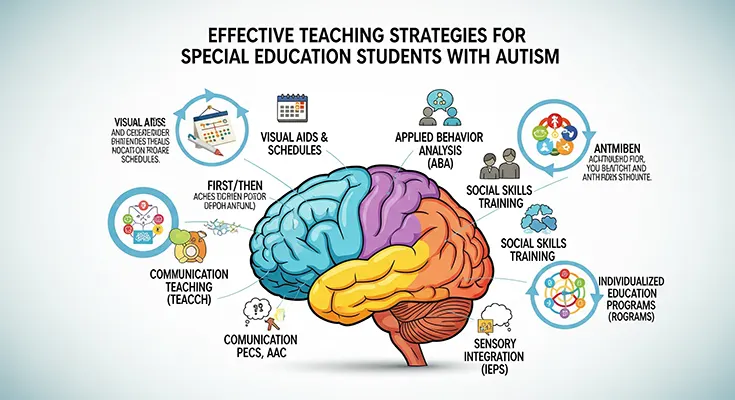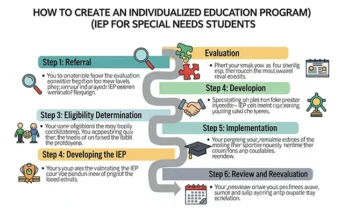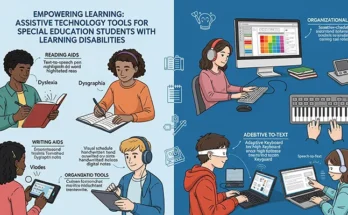Teaching students with autism requires a thoughtful, individualized approach that addresses their unique learning needs, strengths, and challenges. Autism Spectrum Disorder (ASD) encompasses a wide range of characteristics affecting social interaction, communication, behavior, and sensory processing. To foster an inclusive and supportive learning environment, educators must employ effective teaching strategies tailored to support special education students with autism. This article explores proven techniques and approaches that enhance learning outcomes and promote growth for these students.
Understanding Autism and Its Impact on Learning
Students with autism often benefit from predictable routines, clear expectations, and structured environments. Difficulties with communication, sensory sensitivities, and social interactions can create barriers to learning if not carefully addressed. Recognizing individual differences within the spectrum is essential for implementing effective teaching strategies.
Key Effective Teaching Strategies for Students with Autism
1. Structured and Predictable Routines
Creating consistent daily schedules helps reduce anxiety and build confidence. Visual schedules, checklists, and clear transitions between activities support students in understanding what to expect throughout the day and enable them to prepare mentally for changes.
2. Visual Supports and Cues
Many students with autism are visual learners. Utilizing visual aids such as picture cards, social stories, and graphic organizers can clarify instructions, support communication, and assist with social understanding. Visual schedules also reinforce independence and comprehension.
3. Individualized Instruction and Clear Objectives
Tailoring lessons to meet students’ developmental levels and interests fosters engagement. Breaking tasks into smaller, manageable steps and using simple, explicit language makes learning accessible. Clearly defined goals provide direction and measurable progress indicators.
4. Use of Positive Behavior Interventions
Positive reinforcement encourages desirable behaviors. Consistently acknowledging efforts and achievements helps build motivation and self-esteem. Teaching replacement behaviors for challenging actions through modeling and practice promotes constructive responses.
5. Sensory-Friendly Learning Environment
Adapt the classroom setting to minimize sensory overload by controlling lighting, noise, and seating arrangements. Providing sensory tools, such as fidget toys or noise-canceling headphones, can help students self-regulate and maintain focus.
6. Incorporating Interests and Strengths
Integrating students’ special interests into lessons increases engagement and relevance. Leveraging strengths such as attention to detail or strong visual skills can motivate participation and enhance learning experiences.
7. Collaborative and Social Skills Training
Facilitating structured social interactions through group activities, role-playing, and social skills groups supports development of communication and peer relationships. Explicit instruction on social cues and appropriate behaviors nurtures social understanding.
8. Use of Technology and Assistive Devices
Interactive apps, communication devices, and educational software can provide alternative ways to learn and express ideas. Technology often appeals to students with autism and supports diverse learning styles.
Supporting Educators and Families
Effective teaching strategies work best when educators collaborate closely with families, therapists, and specialists. Sharing insights and consistent approaches reinforce learning across settings. Professional development focused on autism-specific strategies empowers teachers to adapt and innovate.
Employing effective teaching strategies for special education students with autism requires a personalized, compassionate approach centered on understanding individual needs. Structured routines, visual supports, positive reinforcement, sensory accommodations, and technology integration combine to create a nurturing educational environment. By embracing these strategies, educators can unlock the potential of students with autism, enabling them to thrive academically, socially, and emotionally. Continuous collaboration among educators, families, and specialists ensures that each student receives the support necessary to succeed and flourish.





